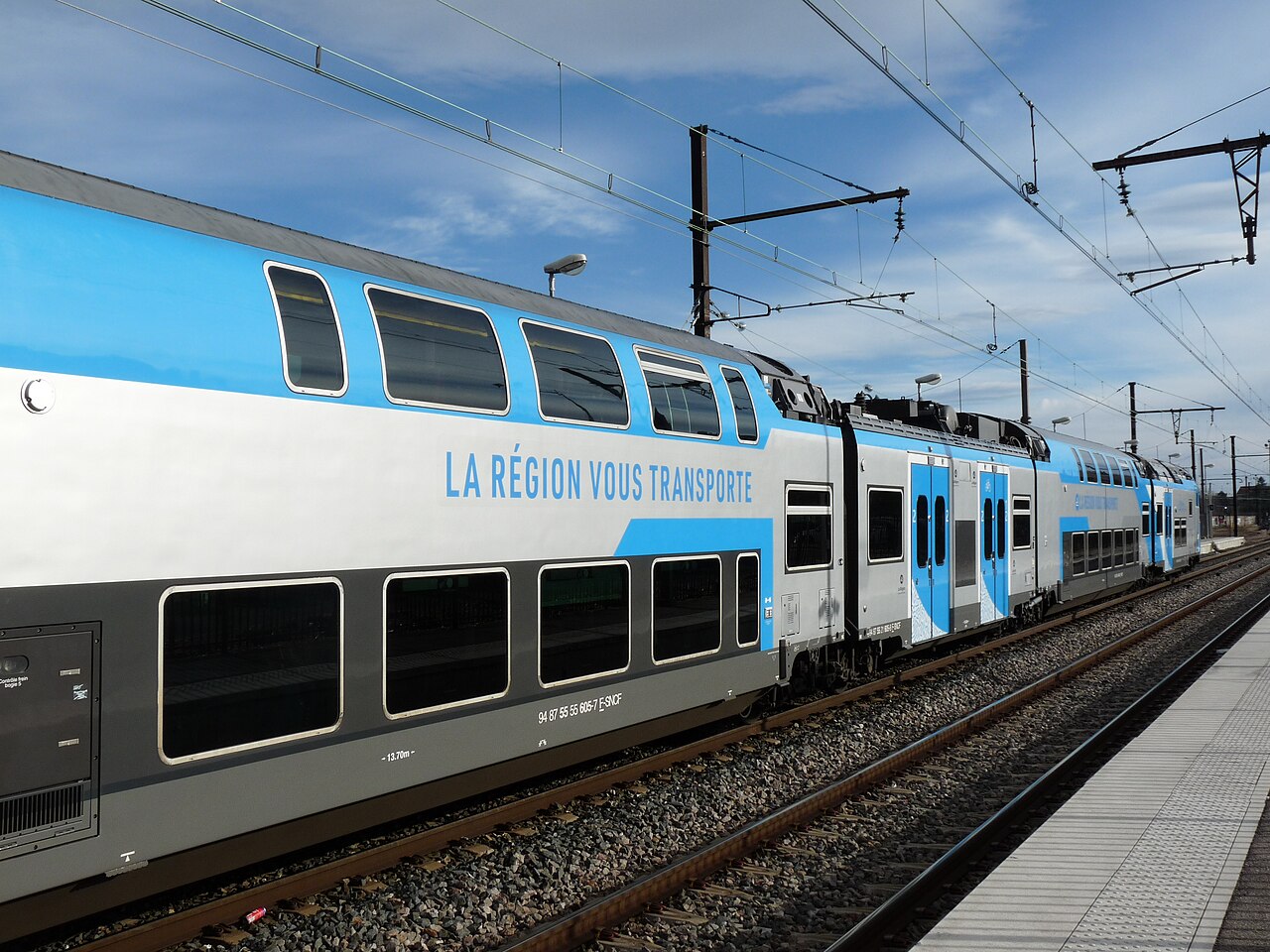The Netherlands has universally adopted the 760mm standard, and all new trains are equipped with automatic gap fillers at that height.
The platform at the end of the video which is too low has since been rebuilt at the correct height.
As with GO's 610mm standard, 760mm is too low for conventional high-floor trains because a bogie can't fit under a floor at that height. But to make matters worse, it's also too high for the lower level of double-decker trains. The current double deckers have doors on the middle level with steps up from the platform. To introduce level boarding, future double deckers will need to have a design similar to the
Bombardier Regio2N where doors are located in a separate single-level coach. At least we can be glad that GO's 610mm standard doesn't create a mess like that.
Image: Bombardier Regio2N
610 mm (24") seems like it is becoming the standard for low-floor level boarding in the western and southern States. Although it's unfortunate that GO has rejected the standard height used by every system near Toronto, at least there will be some off-the-shelf 610mm DMUs and coaches available. The Stadler FLIRT trains used in Texas and California have level boarding at 610mm, and those states also run Bombardier Bilevel coaches. But the Bilevel coaches haven't been retrofitted with adjustable steps, so stations used by both types have multiple platform heights, even though the trains have the same interior floor height.
Fort Worth Central Station, raised platform segment for Stadler FLIRT trains (screenshot from this video).
View attachment 373499
San Bernardino Transit Center, raised platform segments for Stadler FLIRT trains (from Streetview)
View attachment 373497









